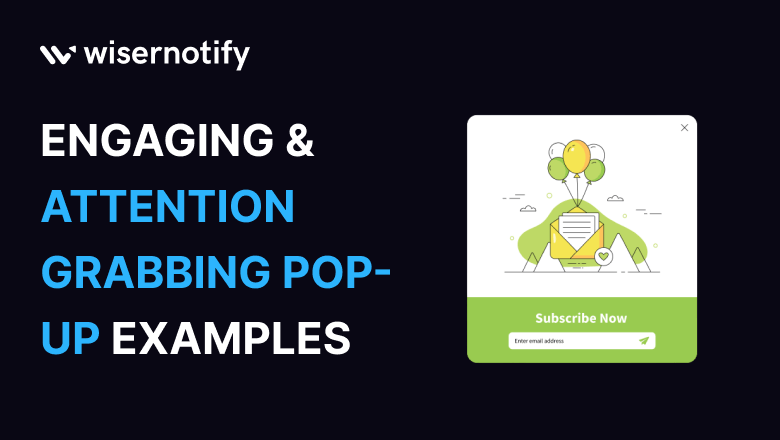
Pop-under ads, which appear behind the main browser window, offer a unique way to capture user attention without immediate disruption. Designing effective pop-under ads requires strategic planning and attention to detail to ensure they stand out and engage viewers when they finally see them. Here are some best practices for creating attention-grabbing pop-under ads.

Attention-Grabbing Pop-Under Ads
Design with Impactful Visuals
Visual appeal is crucial for pop-under ads, as they need to grab attention once they become visible. Use high-quality images, bold colors, and dynamic graphics to make your ad stand out. Visual elements should be engaging and relevant to the ad’s message.
Moreover, ensure that the design is clean and not cluttered. Simple, striking visuals are more likely to capture attention and convey the message effectively. A visually appealing ad enhances the chances of catching the user’s eye when the pop-under appears.
Craft a Compelling Headline
A compelling headline is essential for grabbing attention in a pop-under ad. The headline should be concise, engaging, and directly related to the ad’s main message. It should pique curiosity and encourage users to read further or take action.
Additionally, use strong, action-oriented language that prompts immediate response. Phrases like “Limited Time Offer” or “Exclusive Deal” create a sense of urgency and motivate users to engage with the ad. A compelling headline sets the tone for the ad and increases its effectiveness.
Use a Clear and Persuasive Call to Action
A clear and persuasive call to action (CTA) is crucial for driving user engagement with pop-under ads. The CTA should be prominent and easy to understand, guiding users on what action to take next. Examples include “Shop Now,” “Learn More,” or “Get Started.”
Moreover, ensure that the CTA is visually distinct and placed where it is easily noticeable. A well-designed CTA encourages users to click and interact with the ad, increasing the likelihood of conversion.
Optimize for Mobile and Desktop
Pop-under ads should be optimized for both mobile and desktop platforms to ensure they reach users effectively across different devices. Design ads with responsive layouts that adjust to various screen sizes and resolutions.
Additionally, consider the user experience on each platform. For mobile devices, ensure that touch targets are large enough and that the ad is easily navigable. On desktops, make sure the ad is visually appealing and functional across different browsers. Optimization enhances the effectiveness of your pop-under ads on all devices.
Test Different Ad Variations
Testing different ad variations is essential for determining what resonates best with your audience. Experiment with different visuals, headlines, and CTAs to identify which combinations drive the highest engagement.
Moreover, conduct A/B testing to compare the performance of different ad elements. Analyze metrics such as click-through rates, conversion rates, and user interactions to determine the most effective approach. Testing and refining ad variations help optimize performance and maximize engagement.
Avoid Intrusiveness and Overuse
While pop-under ads are less intrusive than pop-ups, overusing them can negatively impact user experience. Avoid bombarding users with excessive pop-unders, as this can lead to frustration and decreased engagement.
Additionally, ensure that your ads comply with industry standards and best practices to avoid being perceived as spammy. A balanced approach to frequency and placement helps maintain a positive user experience while effectively capturing attention.
Include Relevant and Value-Driven Content
The content of your pop-under ad should be relevant to the audience and provide clear value. Highlight the benefits of your product or service and explain why users should care. Content that addresses users’ needs or interests is more likely to drive engagement.
Additionally, ensure that the ad’s content aligns with the user’s journey and the platform where it appears. Relevant and value-driven content enhances the effectiveness of the ad and increases the likelihood of user interaction.
Monitor Performance and Gather Feedback
Regularly monitor the performance of your pop-under ads to assess their effectiveness. Track key metrics such as impressions, clicks, conversions, and user interactions to evaluate how well the ads are performing.
Additionally, gather feedback from users to understand their experience with the ads. Use insights from performance data and user feedback to make informed adjustments and improvements. Continuous monitoring and optimization ensure that your pop-under ads remain effective and engaging.
Conclusion
Designing attention-grabbing pop-under ads involves creating impactful visuals, compelling headlines, and clear CTAs. Optimizing for both mobile and desktop platforms, testing ad variations, and avoiding intrusiveness are also essential for success. Including relevant content and monitoring performance further enhance engagement and effectiveness. By following these best practices, you can create pop-under ads that capture attention and drive meaningful interactions.
